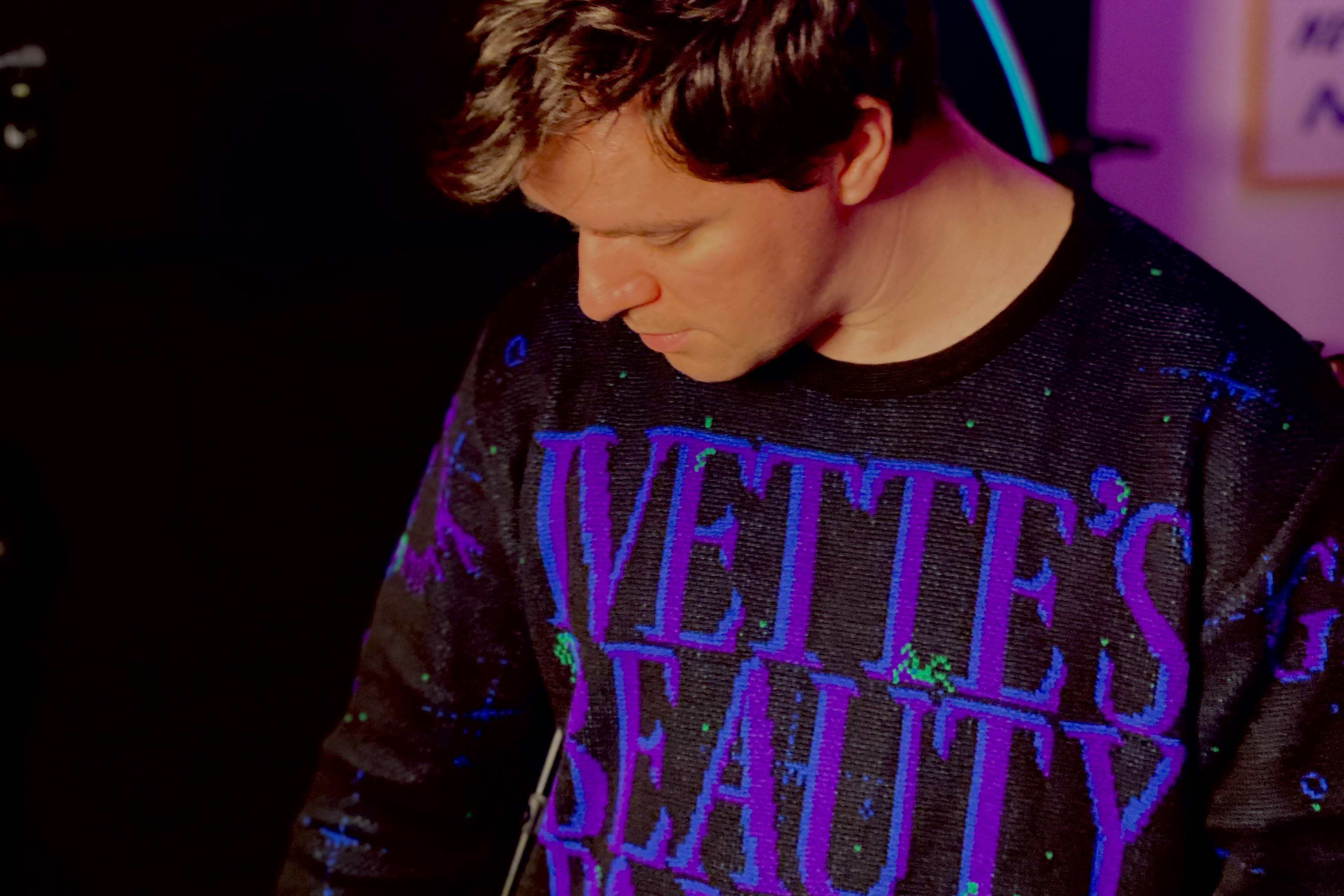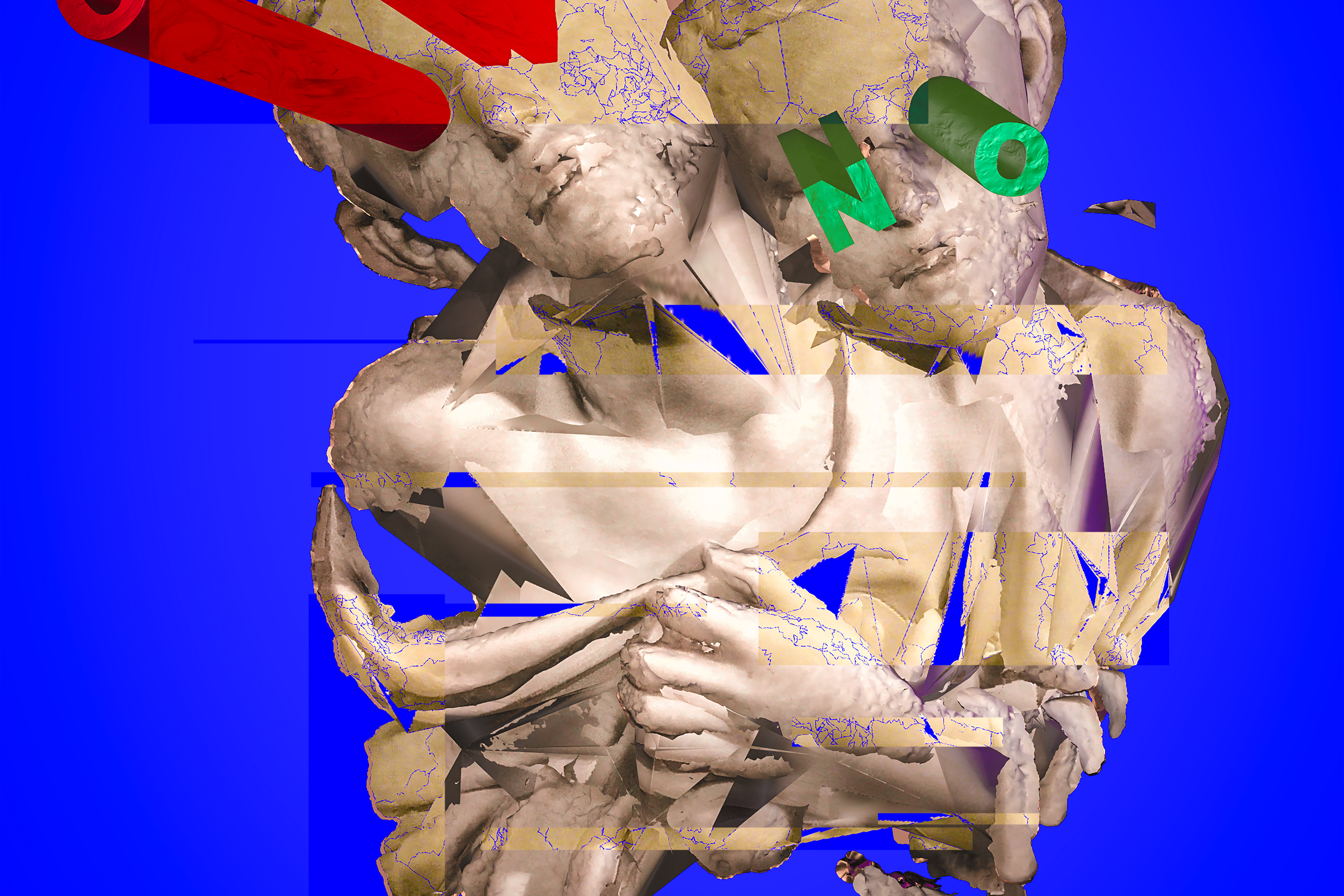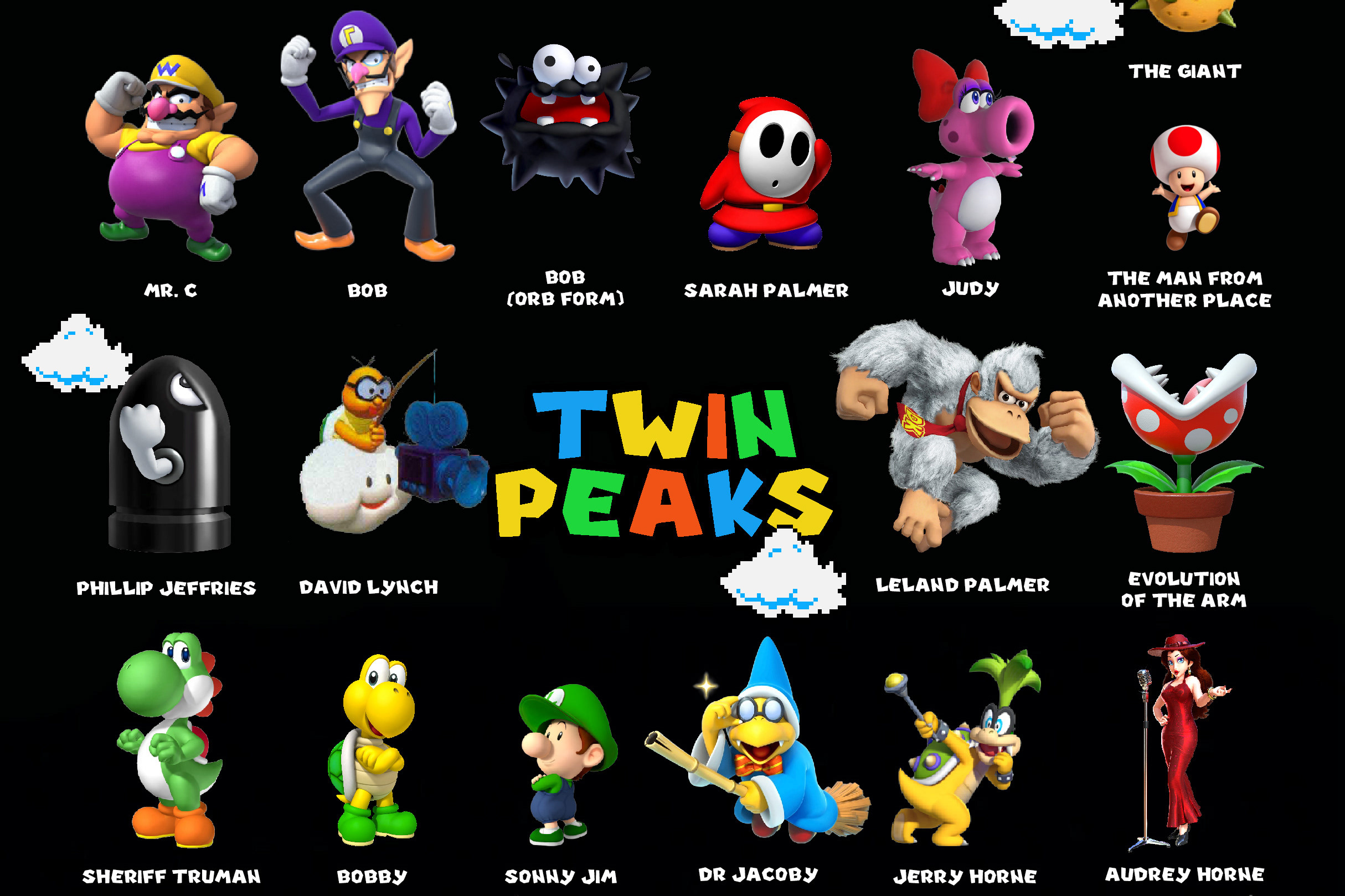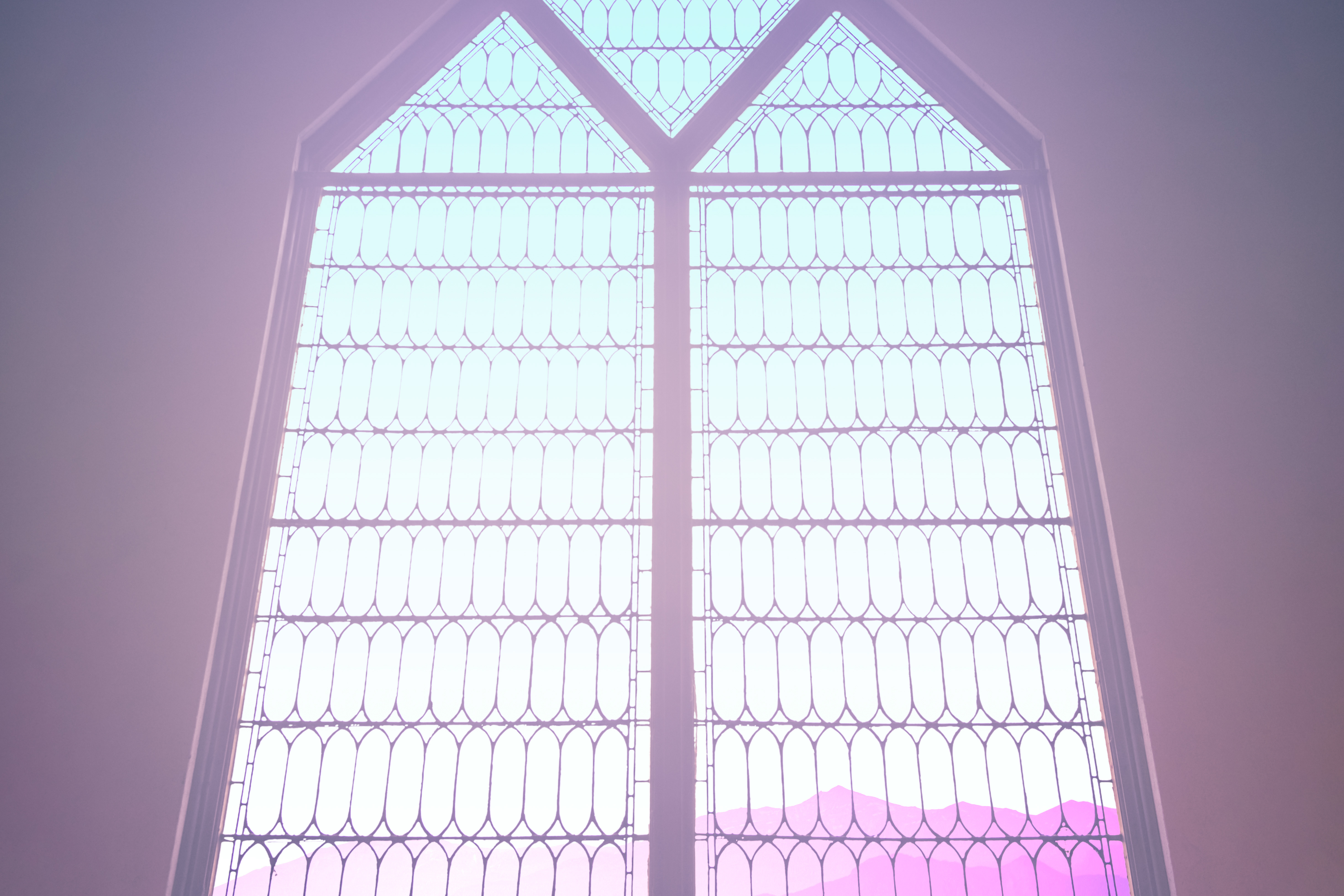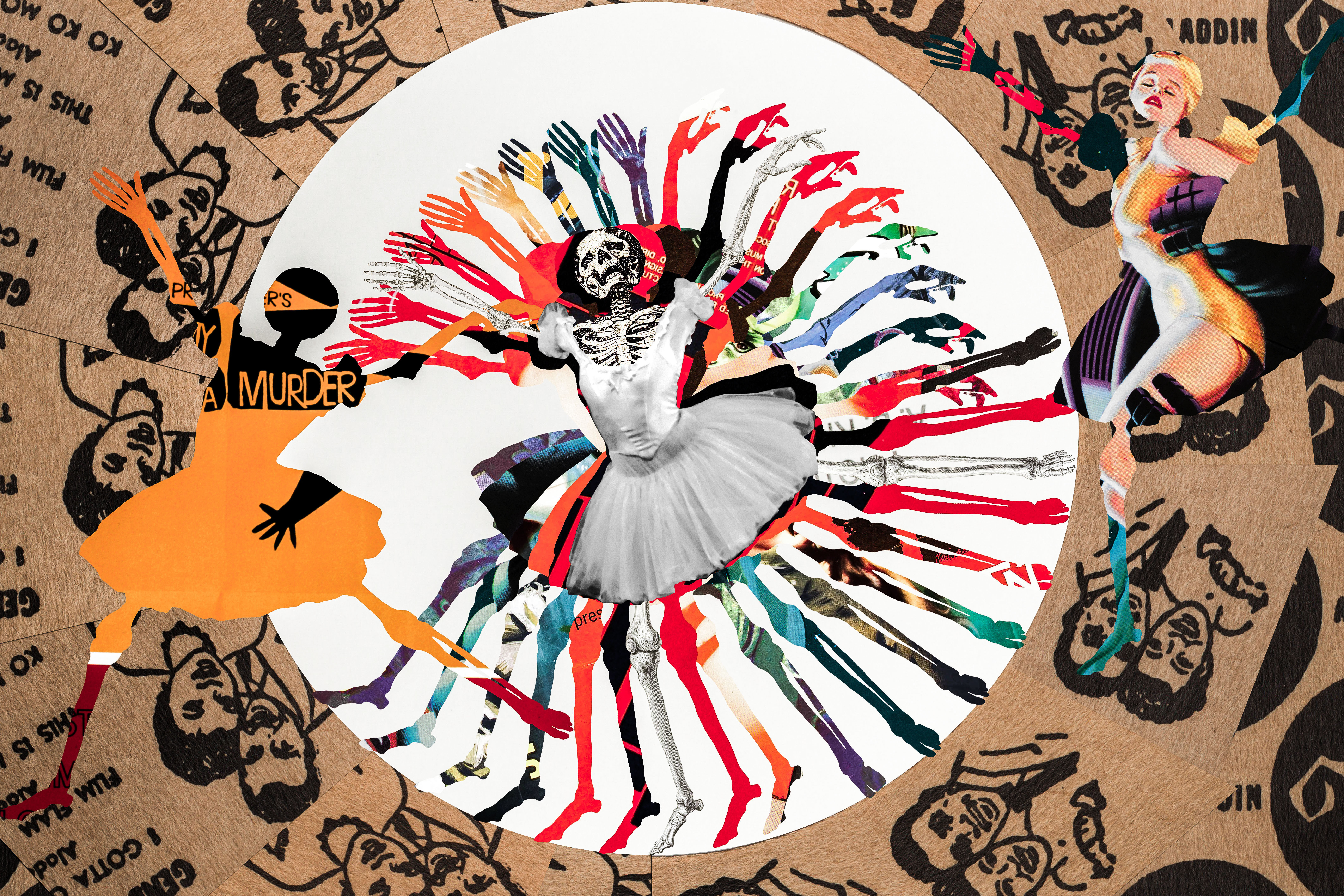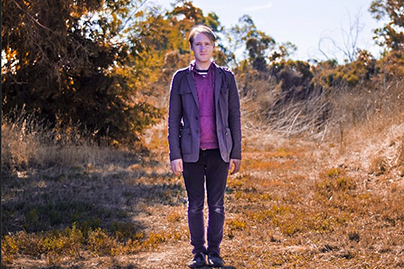Optimizing Transgender Care game play. Note: work is in-progress and this is a mockup.
Work-in-Progress: Optimizing Transgender Care Visual Novel
April, 2024
Optimizing Transgender Care (OTGC) is an educational experience we’re building at Stanford Medicine. OTGC teaches clinicians and residents how to care for gender-diverse patients through a storytelling-centered game. In the game, learners work to improve the gender-affirming care of the Cardinal Clinic, meeting and working with characters such as Viola Phoenix, a transfeminine filmmaker, Roc Garcia, a transmasculine athlete, and Olivia, a nonbinary student, over several years. The learners’ decisions about how they care for and speak to their patients profoundly affect their lives. Meanwhile, as time passes, the learner upgrades the clinic with décor and teaches students and colleagues gender-affirming best practices. This practice-based learning experience will equip learners to become leaders in gender-affirming care in their local communities.



Above: Character illustrations by Katherine Cao.
Our team is deep in pre-production for this project. As our creative director, I lead this project from a design, art, and production perspective. I am deeply invested in its success. Here, I’d like to show you some of the work we’ve done so far.
A Visual Novel? How Japanese Dating Simulators Led to Our Design Constraints & Technology Choices
As an educational technology team, one of our core missions is to research and discover innovative technology for medical education. Given that we are Stanford Medicine’s in-house EdTech studio, the skills and interests of our team of 16 staff play a role in the types of technology we explore. I can tell you that everyone on our production team has expressed interest in making a video game. With OTGC, we’re making one!
OTGC is a video game in the “visual novel” genre. Visual novels have been around for a very long time, with the most notable examples typically being Japanese dating simulators. Adapting the Japanese dating simulator experience to medical education may sound like an odd choice, but our team conducted extensive technology research and found that the visual novel genre and the technology available to us presented a serious opportunity to innovate.
The user experience overlaps between dating simulation visual novel and interactive patient visit medical education is relatively high. In both cases, the user’s experience is that of someone 1. meeting lots of characters who all have memorable traits and backstories, 2. deciding how to interact with those characters, 3. living with the consequences of high-stakes decision-making, and 4. being rewarded for their play performance. In both cases, the stories branch and they may be non-linear, meaning that the user can explore the story in whichever order they want. Finally, the success of the experience hinges on compelling writing; visuals, clever gameplay ideas, and other aspects of the game are ultimately secondary to characters, story, and decision-making.



Above: we research 20+ games, technologies, and educational experiences to decide what our design and technology approach should be.
With all of this overlap considered, our research led us to RenPy, a Python-based visual novel game engine. RenPy is free to use, with a robust developer community, a decade of open-source support, and stable releases on all major platforms, from the web to macOS, iOS, Android, and Windows.
With all of this overlap considered, our research led us to RenPy, a Python-based visual novel game engine. RenPy is free to use, with a robust developer community, a decade of open-source support, and stable releases on all major platforms, from the web to macOS, iOS, Android, and Windows.
Embracing this tool and the visual novel format created some very useful design constraints for us. As a 2D, image-based engine, our visual presentation couldn’t be overly complicated so that we could invest energy in the user experience and writing.
User Journey as Game Design Document: How We’re Leading With Experience Design
One of the roles I’m taking on with this project is our lead game designer. I’m running our user experience design (UX), game design, graphic design, and user interface (UI) efforts. For me, user experience design is the central driver of all of our work. In this case, we are treating our user journey map as our game design document. It incorporates our learning, technology, budget, and team constraints and implies the direction for everything else, from UX, to music, to character design, to UI, and so on. This is definitely an experiment, but because our whole team is comfortable with visual mapping tools like MURAL and FigJam, it seems to be working for the moment. Perhaps one day we can move away from linear design documents and use these spatial design maps for all of our projects. Below you can see the journey map for the main gameplay loop of OTGC.
Our user experience map is growing to include product considerations. We are experimenting with using this document as our game design document.
We’re using Figma to prototype the user experience of the game and design the game UI. One of our student workers is hard at work creating wireframe prototypes of the core gameplay experience. Meanwhile, in FigJam, she is creating flow charts that our development team will use to build the experience. Below you can see a snapshot of some of the work she is developing. I love working with our students!
Here is a snapshot of our student worker's UX prototype, built in Figma.
I am using Figma to design our UI. Below, you can see some work in progress on some of our main screens and style guide. Perhaps it goes without saying, but the ability to quickly translate these designs into code is still one of the most amazing things about Figma in my opinion.
Here is a snapshot of our style guide, which is part of the larger design system we are creating to direct the UI on the project.
Collaborative Interactive Story Writing
I am leading the interactive writing aspect of the project. I did tool research to find the best possible collaborative, interactive, branching storytelling tool and came across Gem. Gem, created by Backlight, is a very flexible writing tool designed for game writing. It is a spin-off of Celtx, the screenplay writing tool we’re using to draft our linear stories. Our team of 12 writers is building final scripts in Gem that will then be inserted in RenPy via Gem’s API.
Gem has an intuitive branching interface that includes a traditional screenplay writing interface as well.
Building Team Leadership
OTGC is one of our largest projects to date, with about three dozen people directly contributing to it. As our creative director and the senior manager of the production team, I am responsible for building and delegating project leadership for the project’s production. This project has created many opportunities for our team members to lead while also retaining roles as individual contributors. Our technical lead, for example, will also design environmental art and build our version control infrastructure. Meanwhile, our character designer will art direct all the work our freelancer artists do. Below you can see a little snapshot of the diversity of work that is involved in producing this project.
Team planning included identifying freelancer roles and delegating team responsibilities.
That said, this project doesn’t necessarily call for the video production skills that some of our team specializes in. Because of this, we are providing them with the professional development experience of casting and recording our voice-over artists. There is a lot of crossover in skillset here: working with actors, audio engineering, etc. In my opinion, understanding the capacity of the team to grow and learn new skills is vital when running an in-house production studio. It is likely that the work will change over time, and we need to recognize that our team’s skillset will have to change over time as well.
For now, that’s all I have to share! It’s quite an exciting project, with a huge potential for impact. I hope you enjoyed reading about our work. If you’re interested in learning more about the project, please reach out!
